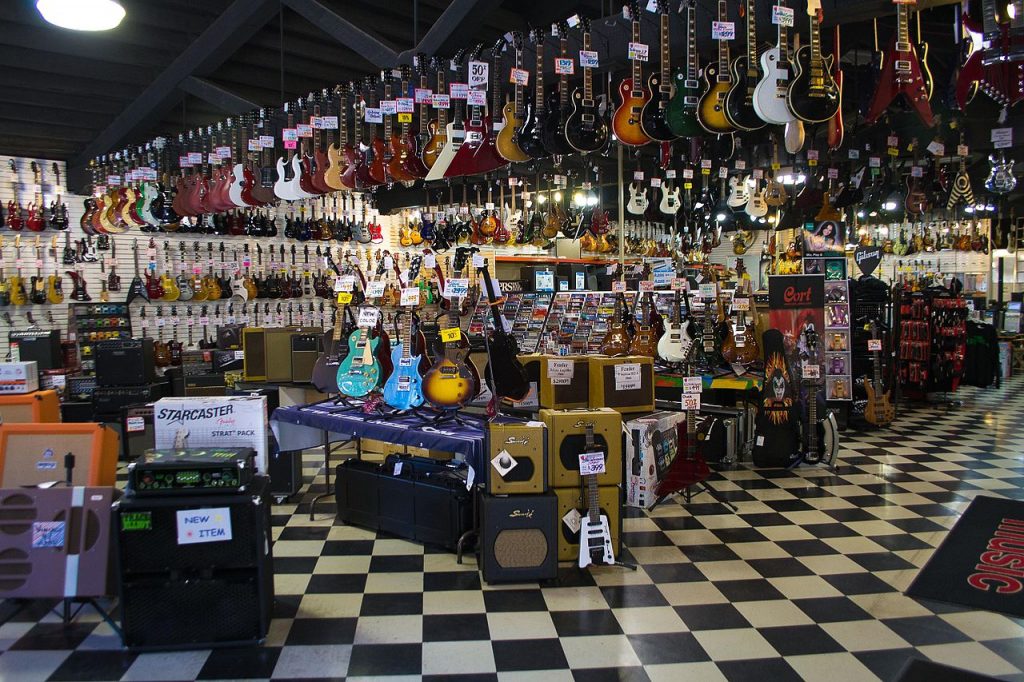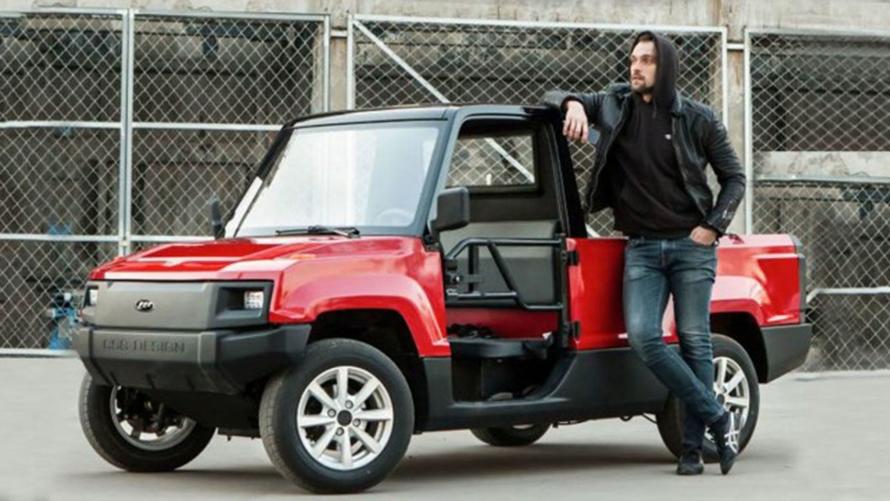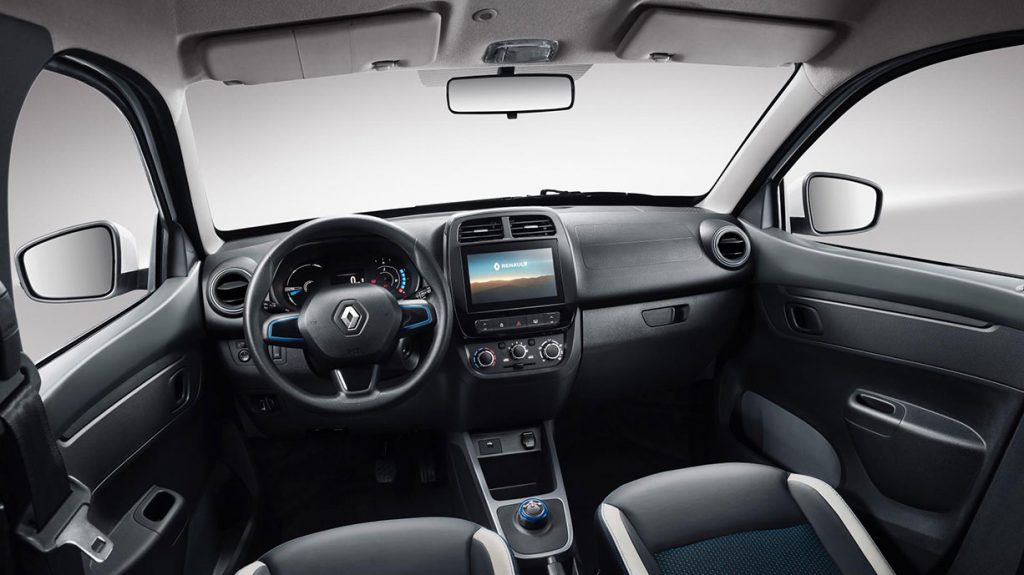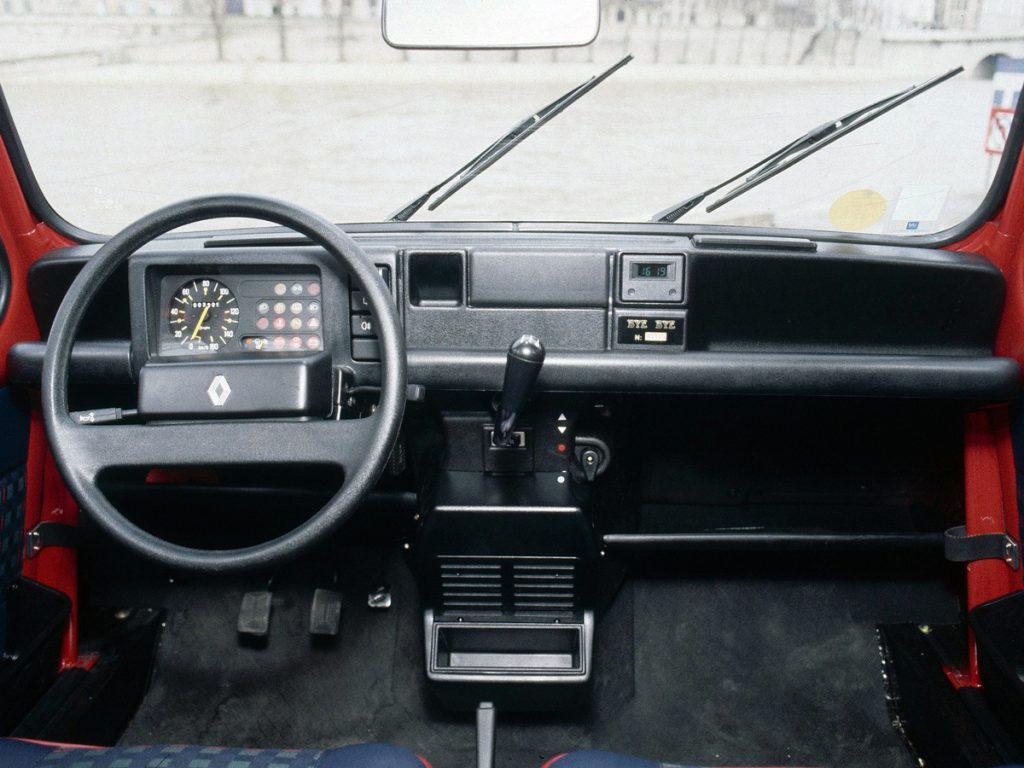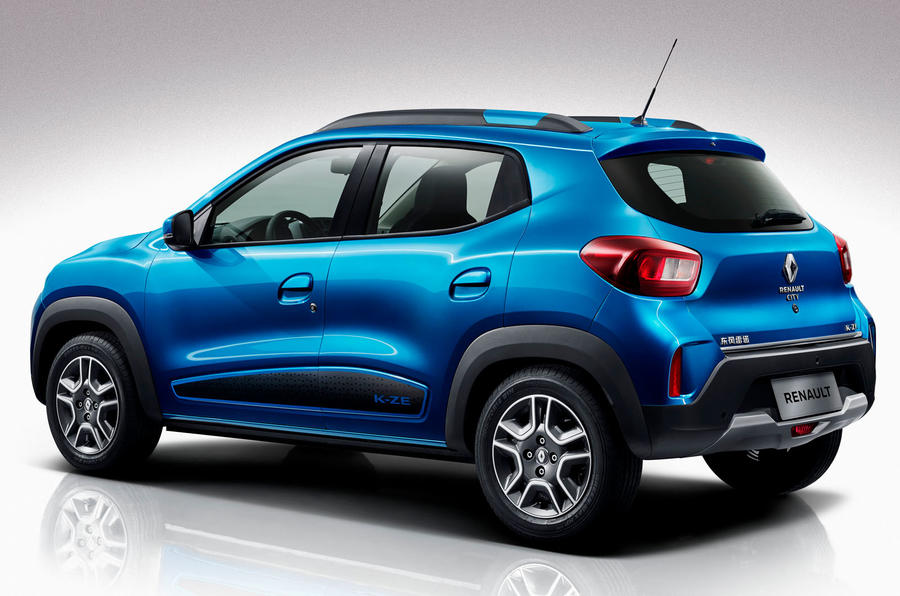Some of my ancestors were living as First/ Tribal Nations people in the Mid-Atlantic states, 10 000 years ago. Others, were most likely living in Doggerland, at the same time. At least that is the story according to 23&Me, and their interpretations of my Y-chromosome haplogroup’s DNA, (I-M253/I-Z58).
Here is some conjecture about Doggerland’s past.
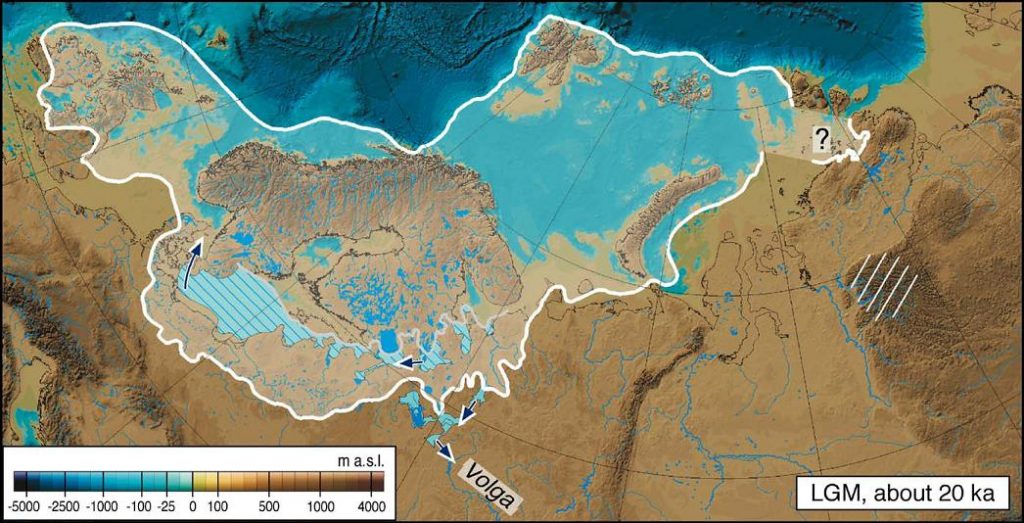
During the Last Glacial Maximum, which ended around 18 000 BP = before present, the North Sea, Scandinavia and much of what is now coastal northern Europe was covered with glacial ice. The sea level was about 120 m lower.
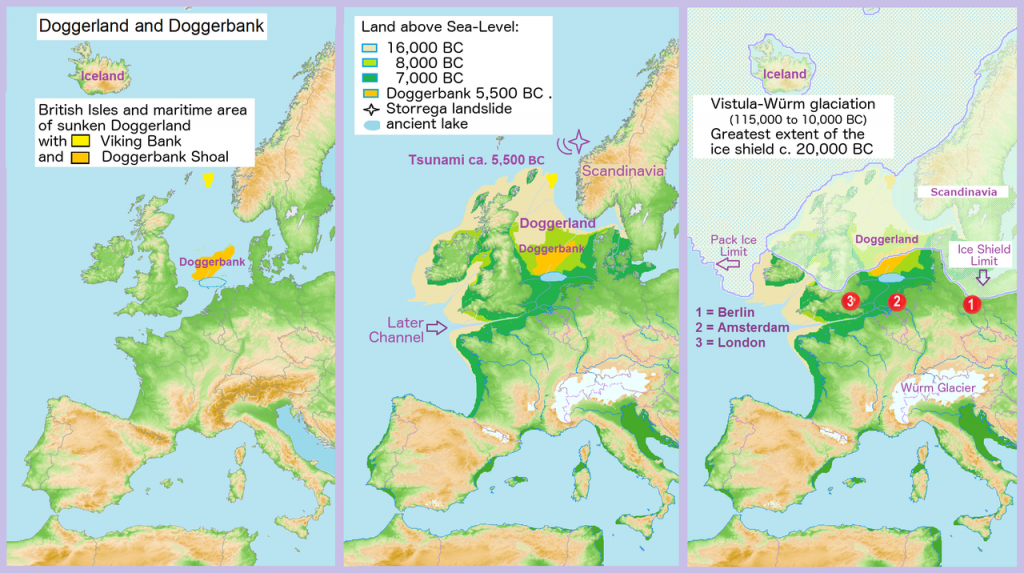
After the ice melted, a watershed emerged. The Seine, Thames, Meuse, Scheldt and Rhine rivers joined and flowed west along the English Channel as a wide slow river before eventually reaching the Atlantic Ocean. At about 12 000 BP the north-facing coastal area of Doggerland had a coastline of lagoons, salt marshes, mudflats and beaches as well as inland streams, rivers, marshes and lakes. Many regard it as the richest hunting, fowling and fishing ground in Europe in the Mesolithic period.
As sea levels rose and the land began to tilt in an isostatic adjustment as the huge weight of ice lessened. Gradually a large tidal bay emerged between eastern England and Dogger Bank by 11 000 BP. This was followed by a rapid sea-level rise, leading to both Dogger Bank and Great Britain becoming separate islands. Doggerland eventually became submerged, cutting off what was previously the British peninsula from the European mainland by around 8 500 BP.
Soon after about 8 200 BP the remaining coastal land was flooded by a megatsunami, caused by the Storegga Slide, a submarine landslide off the coast of Norway. This would have had a catastrophic impact on the contemporary coastal Mesolithic population It has been suggested that the only remaining parts of Doggerland at the time of the Storegga Slide were low-lying islands, and that the area had been abandoned. However, the Dogger Bank, an upland area of Doggerland, remained an island until at least 7 000 BP.
An alternative view speculates that the Storegga tsunami devastated Doggerland but then ebbed back into the sea. Lake Agassiz was a very large glacial lake in central North America. Fed by glacial melwater at the end of the last glacial period, its area was larger than all of the modern Great Lakes combined although its mean depth was not as great. When it burst releasing so much fresh water that sea levels over about two years rose to flood much of Doggerland and make Britain an island.
Archaeology
The prehistoric existence of Doggerland was established in the late 19th century. However, it was Bryony Coles in the 1990s, who named the area Doggerland and produced speculative maps of the area.
Non-Fiction literature
Coles, B. J. (1998). “Doggerland: a Speculative Survey”. Proceedings of the Prehistoric Society. 64: 45–81. doi:10.1017/S0079497X00002176.
Gaffney, V.; Thomson, K.; Fitch, S., eds. (2007). Mapping Doggerland: The Mesolithic Landscapes of the Southern North Sea. https://www.academia.edu/2480682/Mapping_Doggerland_the_Mesolithic_Landscapes_of_the_Southern_North_Sea: Archaeopress.
Gaffney, Vincent; Fitch, Simon; Smith, David (2009). Europe’s Lost World: The Rediscovery of Doggerland. Council for British Archaeology. ISBN 1-902771-77-X.
Moffat, Alistair (2005). Before Scotland: The Story of Scotland Before History. Thames & Hudson. ISBN 978-0-500-05133-7. Discussed in depth in chapters 2–4.
Morelle, Rebecca (4 April 2017). “Evidence of ancient ‘geological Brexit’ revealed”. BBC News. Retrieved 5 April 2017.
Spinney, Laura (December 2012). Robert Clark (photog.); Alexander Maleev (illus.). “The Lost World of Doggerland”. National Geographic. 222 (6): 132–143. Retrieved 30 November 2012.
Julia Blackburn, Time Song: Searching for Doggerland (2019). Roger Cox, reviewing in The Scotsman, writes: “To describe Time Song as a non-fiction book about the history of Doggerland makes it sound dry and academic, but Julia Blackburn’s approach is anything but. At one point, she describes her modus operandi as “trying to learn prehistory hand to mouth as I go along” and that’s a more-or-less accurate description of what it feels like to read her writing. There is certainly no handy potted chronology of Doggerland to hang onto; instead, the author describes a series of encounters she has with some of the people who have devoted their lives to searching for traces of this long-gone landmass, from archaeologists to obsessive enthusiasts, and uses these as jumping off points to help her imagine what life must have been like in the flat, open country that once stretched all the way from East Anglia to Holland.” See: https://www.scotsman.com/arts-and-culture/books/book-review-time-song-searching-for-doggerland-by-julia-blackburn-1-486859
Fictional Accounts
H. G. Wells referred to it in his short story, A Story of the Stone Age (1897). More recently,
Stephen Baxter, Stone Spring (2010) is a science fiction novel set in prehistoric Doggerland (renamed, Northland). It focuses on attempts to adapt to the rising sea levels slowly eroding Northland’s coastline. It is the first part of a trilogy detailing an alternate history in which human efforts were able to prevent Doggerland from being flooded. It was followed by Bronze Summer (2011) and Iron Winter (2012).
A more modern and dystopian story was written by Ben Smith, Doggerland (2019). Alan Warner, reviewing in the Guardian writes, “Ben Smith’s powerful debut novel takes us offshore into a polluted future and to a singular seascape – a vast wind farm of more than 6,000 turbines somewhere out on Dogger Bank. Jem, who is presumably in his mid-teens, and “old man” Greil, who is clearly unwell and weakening, live in serfdom aboard an abandoned, dilapidated accommodation rig; they use an electric boat to maintain the decaying wind turbines that extend for up to 80 miles around them. It is a losing battle against limited tools, bad weather and ill health. These custodians of rust are visited at unpredictable intervals from the coast by the menacing Pilot, who moves freely on a small supply vessel, delivering vital but unappetising tinned food. The Pilot resembles a jailer who also barters for extras.” See: https://www.theguardian.com/books/2019/apr/11/doggerland-ben-smith-review


